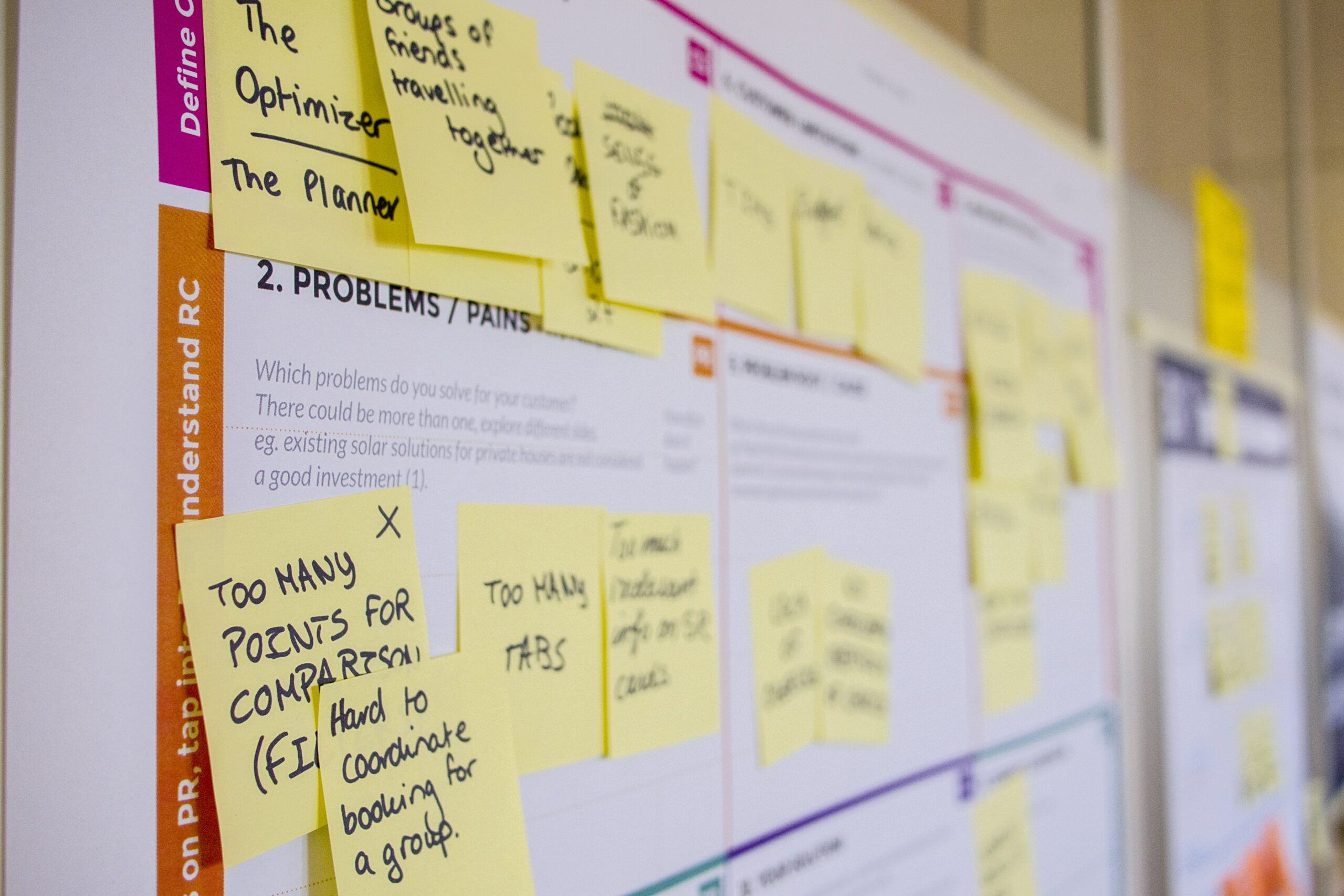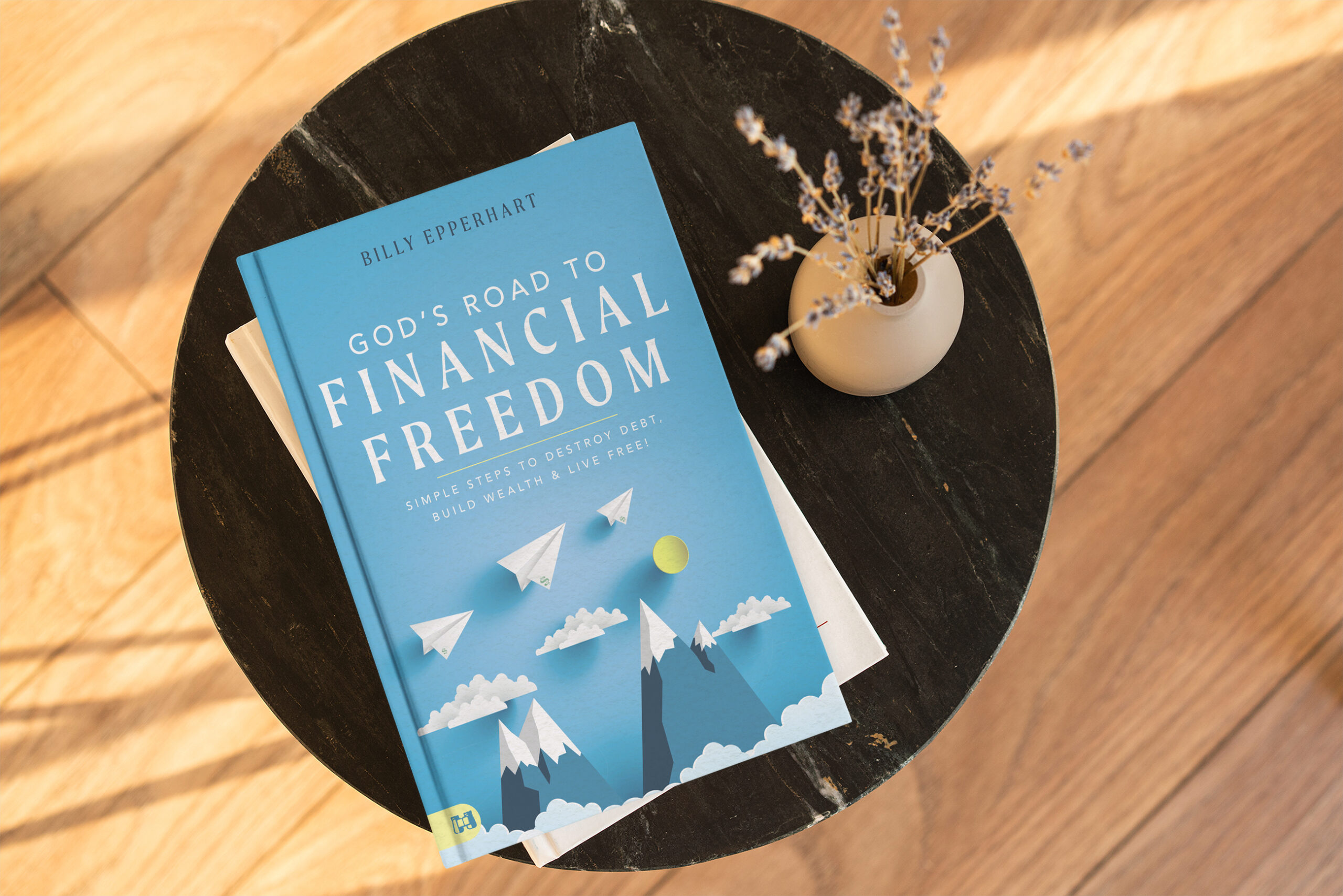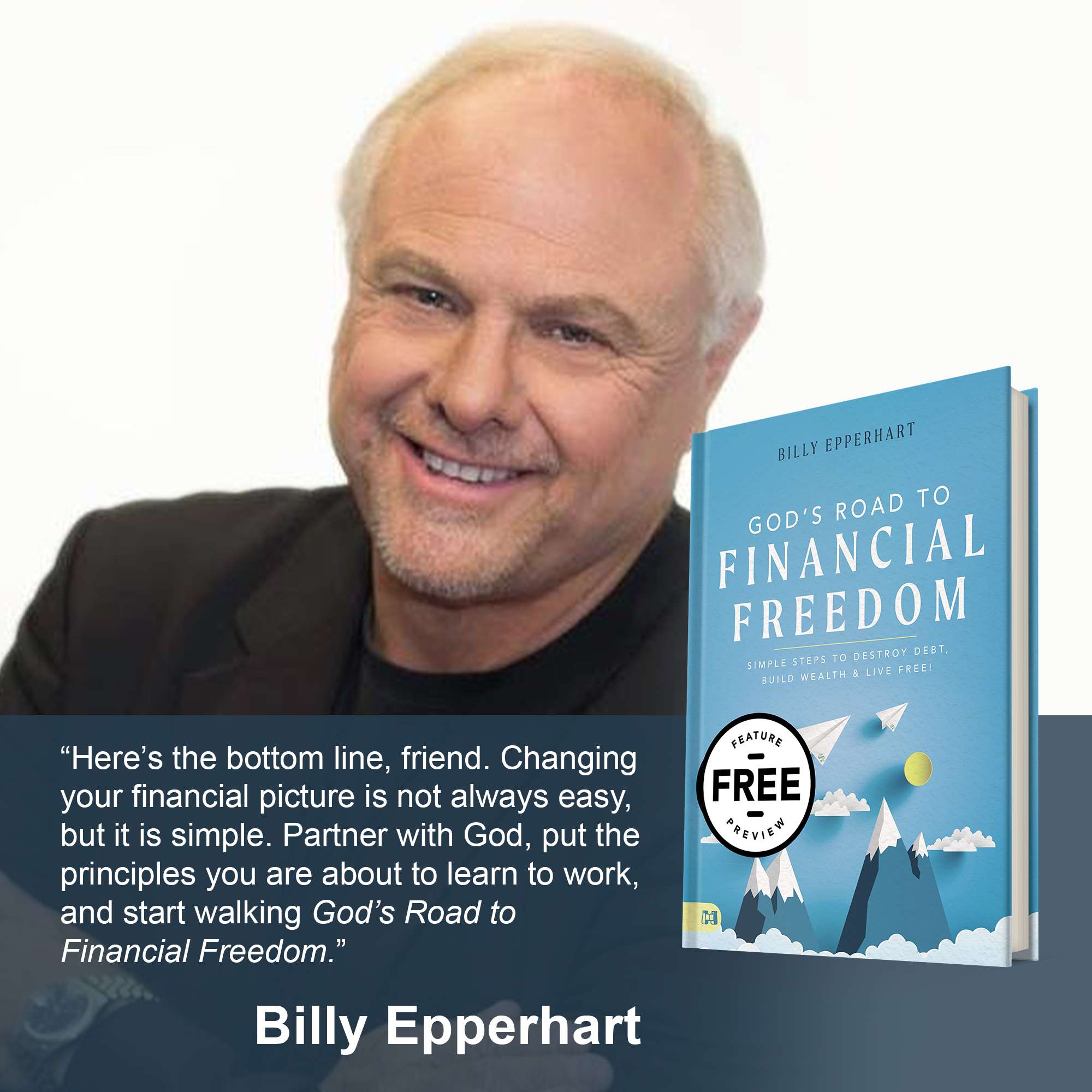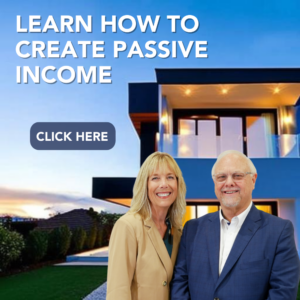Everybody has different reasons and goals for becoming financially free. So, everyone’s pathway to financial freedom will look different. People also vary on what their definition of financial freedom means. Mine is really practical. I define financial freedom as the point where your passive income exceeds your earned income. In other words, it’s the point when you’re able to quit your 9-5 job if you want.
So, unless they get a lofty inheritance, people don’t become financially free from earning and saving alone. You have to learn how to create passive income, and one way to do that is through business. Whether you start a real estate investing business, magazine, or lawncare service, there are several ways to get smart and monetize your skills.
In this blog post, we’re going to cover 7 steps to become financially free through business. The first three steps are more applicable to people who are just beginning their financial journey, and the latter four get more into the specifics of starting and investing in your business.
They are:
- Escalate Your Ability to Earn
- Eliminate Consumer Debt
- Accumulate Wealth
- Participate in the Investment Process
- Accelerate Your Passive Income
- Emancipate!
- Donate
Step 1: Escalate Your Ability to Earn
The first step to financial freedom is to escalate your ability to earn. You do this by investing in yourself and learning as much as you can. There’s no such thing as starting a business without risk, but you can tremendously minimize your risk factor with a little education.
There are many people and organizations who share free content on how to do business and build wealth. Take advantage of the expertise that is available in today’s day and age. Read blogs, books, and magazines. Listen to podcasts. Watch videos. Find mentors, attend networking events, and register for conferences. The more you learn, the more you earn.
Step 2: Eliminate Consumer Debt
The second step to financial freedom is to eliminate your consumer debt. Now, this doesn’t necessarily apply to debt from mortgages or business loans. It takes debt to build wealth. We’re talking about consumer debt that comes from credit cards, car payments, etc. The amount of consumer debt in America is off the charts. The total outstanding U.S. revolving debt in 2021 was $996 billion (not including mortgage debt.) Our debt is equal to the gross domestic product of Belgium and Denmark—combined. The average American has about $38,000 in personal debt, excluding home mortgages. Yet, in the United States, we wonder why it’s difficult to become financially free.
Step 3: Accumulate Wealth
The next step to becoming financially free is to accumulate wealth. At this point, you have eliminated any monthly credit card payments. Now it’s time to use that extra cash to establish an emergency fund and begin saving for a home. I suggest stocking up your emergency fund so that you have 3-6 months of reserves. Once you are comfortable with your emergency fund, contribute at least 10 percent of your income towards saving for a down payment. You only need 3.5% of the home’s purchase price as a first-time homebuyer, plus 1% for closing costs.
If you are interested in purchasing your first property, we have a free guide just for you! Click here to download the 25 page WealthBuilders First Time Home Buyer Guide.

Step 4: Participate in the Investment Process
After you have successfully saved and bought a personal home, it’s time to start building on your asset base. As a long-term strategy, it’s a good idea to open a Roth IRA if you are under a certain income threshold. The threshold typically changes each year, but in 2021 it was under $125,000 for individuals and under $198,000 for married people filing jointly. So, I especially encourage younger people to open one. Here’s why—all of the earnings in a Roth IRA (typically a 7 to 10 percent return each year) are tax free. Plus, you can borrow the money you put in (not including the earnings) with no penalty or issue. For instance, you might use the funds for a down payment on a house.
When you first begin to participate in the investment process, I recommend professionally investing 5 percent and personally investing 5 percent. If you want to start a business or side hustle, this is where you can begin to stow away funds to get it off the ground. Personally investing in the beginnings of a business could look like starting a website, building content, purchasing e-courses to hone your craft, or purchasing equipment and inventory if you’re at that point.
Before you can build significant wealth, you have to understand how to take the first steps. If your plan is to build wealth through real estate investing like I did, you must buy a home first. I bought an investment property through borrowing against the equity I built in my personal home. After I sustained significant growth in my investment properties, I actually closed my IRA (despite a substantial financial penalty) and used that cash to invest in my real estate business.
Step 5: Accelerate Your Passive Income
The fifth step to financial freedom is to accelerate your passive income, and there are three primary ways to accomplish this: invest in real estate, invest in the stock market, and invest in your own business.
In this blog, we’re primarily focusing becoming financially free through business, but the truth is that any entrepreneur should be using a combination of investment strategies. Business is different from investing in real estate and the stock market because when you properly build a business, that business actually replaces your earned income. When you invest in the real estate and the stock market, you simply invest the excess capital from your earned income.
Some people are able to do both. For instance, consider Peyton Manning. The football quarterback retired in 2016 after 14 seasons with the Indianapolis Colts and four with the Denver Broncos. During the time he actively played for a team, he earned a salary (although that figure was a whole lot more than most of us will ever make in a job.) In addition to his sizable contract, he also earned a lot of money doing commercials and purchasing Papa John’s franchises.
Most of the time, it takes even the most successful businesses about three years to become profitable. So, most people need to use the income from their job to invest in their business before their business is able to be their only source of revenue.
Step 6: Emancipate!
After you accelerate your passive income, it’s only a matter of time until you emancipate! In other words, you will become financially free because your passive income will have replaced your earned income. So, if you want, you can leave your job and live off your assets instead.
Now that I’m emancipated, so to speak, I don’t need to work a job. However, I enjoy sharing financial and spiritual knowledge, and I love traveling to different parts of the world to teach. I also feel like God has called me to be the CEO of Andrew Wommack Ministries and Charis Bible College. The difference is that I don’t have to do these things for the money. I can do them whether they’re profitable or not because the passive income from my assets will take care of my needs, my family’s needs, and more.
Step 7: Donate
The seventh step to financial freedom is to donate. As you continue to invest, your passive income will exceed the amount you need to live comfortably. In this phase, you can give 100 percent of your excess income to other people. This includes donations, but it can also include biblically responsible or social impact investments. Social impact investing is a form of investing where you receive an annual return for investing in causes that also produce a positive social and/or environmental return. In this phase, you don’t invest for the money; you invest because it offers aid and empowerment to the people you’re helping. Once you receive your financial return, you can reinvest it into similar causes. The goal is to use the money you’ve made to make a difference over and over again. It’s the vision at our nonprofit, WealthBuilders, and it’s my hope for you, too. You financially position yourself not just to enjoy wealth but to impact the Kingdom of God!
————–
I hope these steps helped you ideate a plan for reaching your financial goals. Remember: anyone is only ever 7 seven steps away from financial freedom! If you’d like some more guidance, I have just the tool to help:
My newest book release, God’s Road to Financial Freedom, launches tomorrow! This book provides an accessible, easy-to-follow pathway you can utilize to create and reach your financial goals. This guide shows you how to replace your earned income (paycheck from a job) with passive income from investments in just a few years. Financial freedom gives you time and resources to pursue the dreams and desires God has placed on your heart. You can go ahead and order God’s Road to Financial Freedom on Amazon for just $15.89 here.






This is awesome Mr Epperhart i really appreciate your teachings on Kingdom wealth building.
Good day sir, hope you are well. I am very impressed with the work that you do.
I just want to know if you work with people in South Africa, johannesburg as well? If so, how does one get in touch with them?
Thank you
Hi Lynette! We are not currently working directly with people in South Africa, but thank you for reaching out.